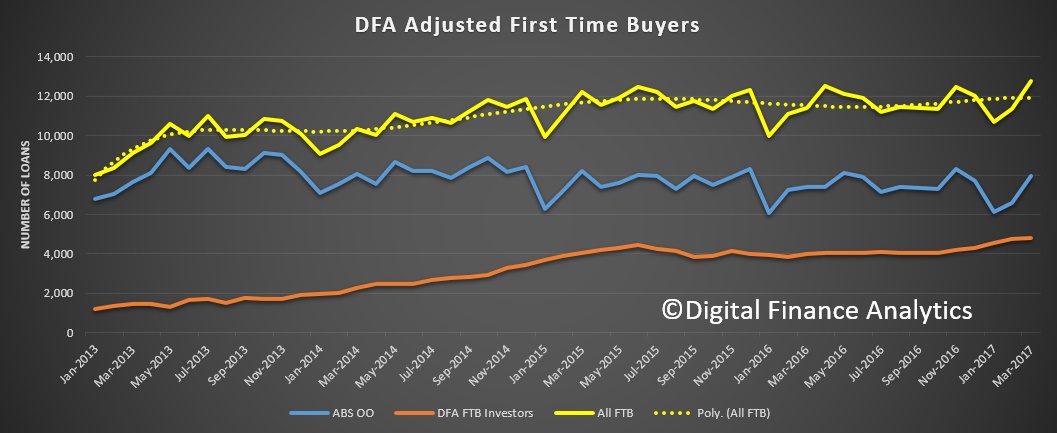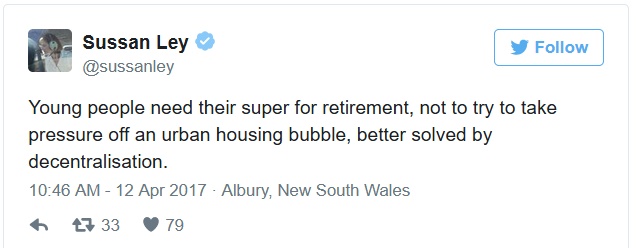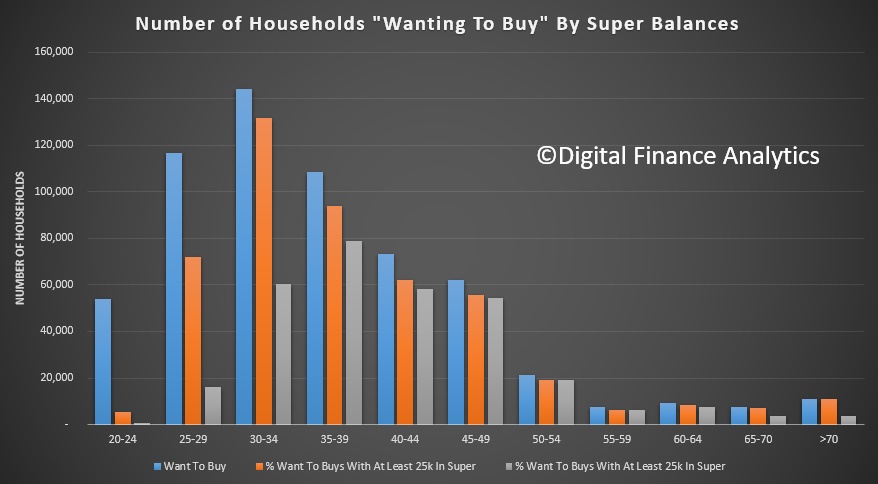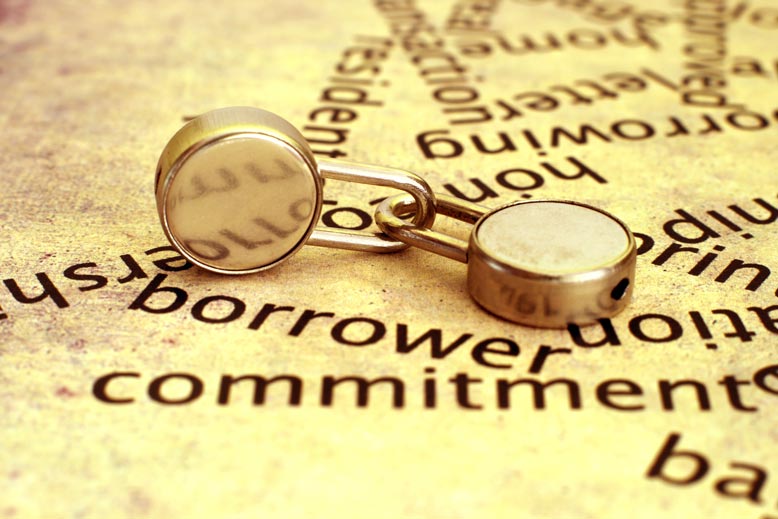Low rates combined with recent changes to various first home buyer initiatives has helped encourage more potential property buyers into the market, new research has revealed.
Mortgage Choice’s latest Loan Purpose Report found first home buyers accounted for 14% of all loans written by the company in April, up from 12.2% in January.
“In the first quarter of 2017, we saw a rise in the number of first home buyers taking out loans through Mortgage Choice,” Mortgage Choice chief executive officer John Flavell said.
“This growth in first home buyer demand can be attributed to a number of factors, including low interest rates, stagnating property price growth and enhanced first home buyer incentives.
“In the first instance, property prices have started to stagnate across the country, with CoreLogic data showing the median dwelling value in Australia rose just 0.1% over the month of March.
“Furthermore, interest rates remain at historical lows, which has helped keep the cost of borrowing at affordable levels.
“In addition, some states have made changes to their various first home buyer incentives over the first quarter of 2017.
“In Western Australia, the Government announced a temporary $5,000 boost to the First Home Owners Grant. The boost payment is available to eligible first home buyers who enter into a contract between 1 January and 30 June 2017 to purchase or construct a new home, and owner builders who commence laying foundations of their home between those dates.
“As a result of all of these factors, we have seen a slight uptick in the total level of first home buyer demand.”
Looking ahead, Mr Flavell said he wouldn’t be surprised to see first home buyer demand increase further as potential buyers look to take advantage of the low rate environment and various home buyer incentives soon to be on offer.
“In Victoria, some first home buyers will soon be given access to a $20,000 boosted grant. Those purchasing or constructing new homes in regional Victoria will be eligible for the grant.
“In addition, from 1 July 2017, first home buyers purchasing a home with a dutiable value of no more than $600,000 will not have to pay stamp duty – which can be a real financial impost for many first home buyers.
“These two initiatives alone are likely to encourage more first home buyers in Victoria – especially regional Victoria – onto the property ladder.”
But while Mr Flavell said he wouldn’t be surprised to see first home buyer demand climb slightly higher in places like Victoria, he said more still needs to be done by the other states and territories to help this home buyer group.
“While we have seen a slight improvement in first home buyer demand over the first few months of the year, total first home buyer demand remains very low.
“In April 2014, first home buyers made up 17.8% of all loans written through Mortgage Choice. Today, that percentage has slumped to just 14%.
“We believe more needs to be done to help first home buyers get onto the property ladder.
“The Federal Government announced earlier this month that it would allow first home buyers to salary sacrifice part of their income into their superannuation account in order to help them build their property deposit faster.
“While this initiative is great in theory, it is unlikely to have a huge impact. At best, a couple who salary sacrifice a portion of their income into their super might be able to scrape together enough money to pay for the stamp duty charged in markets like Sydney.
“Indeed, there is nothing to suggest that this new scheme will deliver a different result to the spectacularly unsuccessful First Home Saver Account initiative that was launched by the Rudd Government in 2008 and withdrawn from the market in 2014.”











